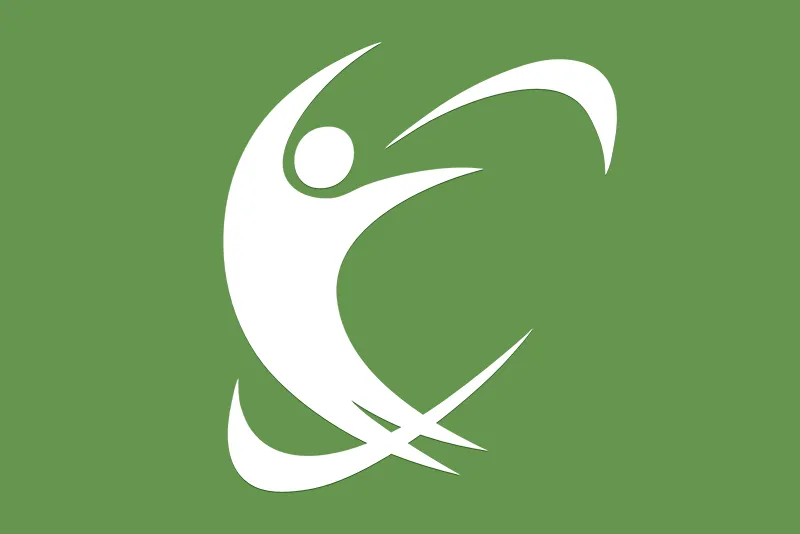I get asked exercise questions all the time. I have worked with athletes in almost every major sport who were told they were “all done” by a doctor or a trainer. Because people know my background, they often ask for advice on dealing with injuries or on selecting exercises.
Unfortunately, most of the time they ignore the advice as it does not contain the answer they want. They say something like “it only hurts when I run”; I say something like “don’t run”.
A famous coach I know once told me “people don’t look for advice; they look for agreement or consensus. If you don’t tell them what they want to hear, they simply ask someone else”. His advice to me was to not bother wasting my time with giving advice.
Well, here I go again wasting time.
If you have an injury and are wondering whether or not a certain exercise is appropriate, ask yourself a very simple question. “Does it hurt”? The key here is that the question “does it hurt?” can only be answered with a yes or no answer. If the answer is yes, then you are not ready for that exercise, no matter how much you like the exercise or want to do the exercise. Simple, right? Not really. I tell everyone I speak with that any equivocation is a yes. Things like “after I warm-up it goes away” etc. are all yes answers. It is amazing to me how many times I have asked people this simple question only to have them dance around it. The reason they dance around the question is that they don’t like my answer. They want to know things like “what about the magic cure that no one has told me about?” What about a secret exercise? I have another saying I like, “the secret is there is no secret”. Another wise man, Ben Franklin I think, said “Common sense is not so common”.
If you are injured and want to get better, use your common sense. Exercise should not cause pain. This seems simple but exercisers ignore pain all the time and rationalize it. Discomfort is common at the end of a set in a strength exercise or at the end of an intense cardiovascular workout. Additional discomfort, delayed onset muscle soreness, often occurs the two days following an intense session. This is normal. The discomfort should only last two days and should be limited to the muscles not the joints or tendons. Pain at the onset of an exercise is neither normal nor healthy and is indicative of a problem. Progression in any strength exercise should be based on a full, pain-free range of motion that produces muscle soreness without joint soreness. If you need to change or reduce range of motion, this is a problem. Progression in cardiovascular exercise should also be pain free and should follow the ten percent rule. Do not increase time or distance more than ten percent from one session to the next. I have used these simple rules in all of my strength and conditioning programs and, have been able to keep literally thousands of athletes healthy. I’m sure the same concepts will help you.
Notes on Author:
Michael Boyle is known internationally for his pioneering work in the field of Strength & Conditioning and is regarded as one of the top experts in the area for Sports Performance Training. He has made his mark on the industry over the past 30 years with an impressive following of professional athletes, from the US Women’s Olympic teams in Soccer and Ice Hockey to the Boston Bruins, Boston Breakers, New England Revolution, and most recently the Boston Red Sox. His client list over the years reads like a Who’s Who of athletic success in New England and across the country including legendary Boston names such as Nomar Garciaparra, Cam Neely, and Ray Bourque.
In 2012, Michael was selected to become part of the Boston Red Sox coaching staff, acting as a strength and conditioning consultant for the team.
